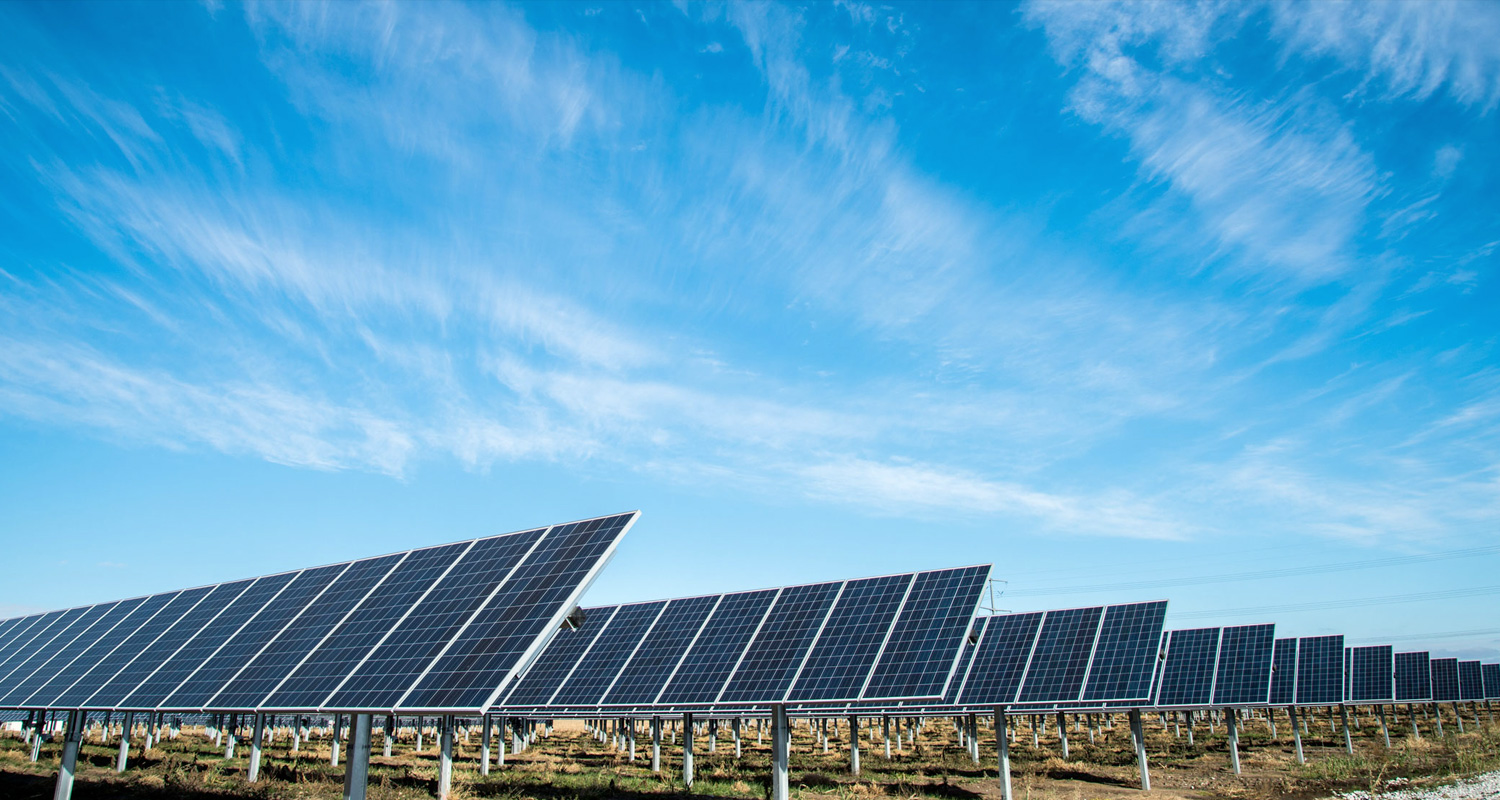 Eskom’s Komati coal-fired power plant, which shut its last unit this week, has secured R9-billion from the World Bank and other funders to generate renewable energy from the site, a project that will serve as a working model for the transition away from fossil fuels.
Eskom’s Komati coal-fired power plant, which shut its last unit this week, has secured R9-billion from the World Bank and other funders to generate renewable energy from the site, a project that will serve as a working model for the transition away from fossil fuels.
The move toward cleaner energy is particularly complex in South Africa, which has chronic electricity shortages, is the world’s 13th biggest source of greenhouse gas emissions and has one of the highest unemployment rates. Eskom generates more than 80% of the nation’s power from coal, produced from mines that employ about 90 000 workers.
“The decommissioning and repurposing of the Komati coal-fired plant is a demonstration project that can serve as a reference on how to transition fossil-fuel assets for future projects in South Africa and around the world,” the bank said in a statement on Friday.
The financing comprises a US$440-million World Bank loan, $48-million in concessional financing from the Canadian Clean Energy and Forest Climate Facility and a $10-million grant from the Energy Sector Management Assistance Programme. Some funds have been earmarked to create economic opportunities for local communities, with about 15 000 people expected to benefit, according to the bank.
Read: Eskom shuts down 60-year-old Komati power station
Eskom said that 150MW of solar capacity, an equivalent quantum of battery storage and 70MW of wind energy will be generated from the Komati site, while the existing transmission infrastructure will be utilised. The utility estimates 53GW of renewable energy will be needed by 2032 in order to replace retiring plants that burn coal.
Read: SA needs 53GW of new energy capacity by 2032: Eskom
“Reducing greenhouse gas emissions is a difficult challenge worldwide, and particularly in South Africa given the high carbon intensity of the energy sector,” World Bank Group president David Malpass said in the statement. — (c) 2022 Bloomberg LP




